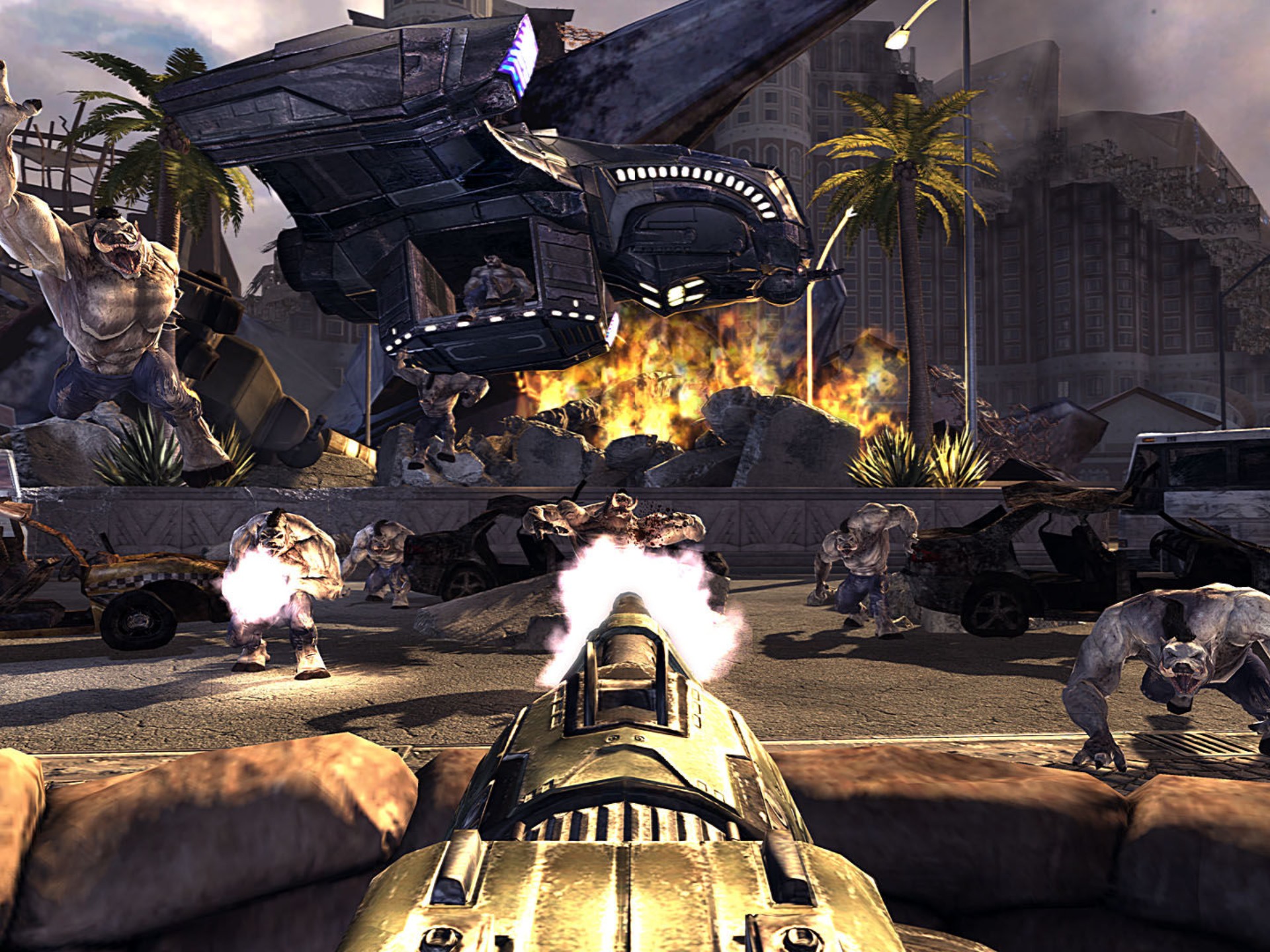Loading Screens: Too Long? The Psychology and Solutions Behind Waiting Times
Introduction
In today's fast-paced digital world, waiting is often seen as an inconvenience. Whether it's a video game, a mobile app, or a website, loading screens test our patience. But why do some loading screens feel unbearably long? Are developers neglecting optimization, or is there more to it? This article explores the psychology behind loading times, why they frustrate users, and how designers can make the wait more bearable.
The Psychology of Waiting
1. Perception vs. Reality
Studies show that people perceive time differently based on context. A 10-second wait for a game to load may feel longer than 10 seconds of active gameplay. This phenomenon, known as "time distortion," occurs because our brains process idle time differently than engaged time.
2. The Threshold of Frustration
Research suggests that:
- 0.1 to 1 second: Feels instantaneous (ideal for UI feedback).
- 1 to 10 seconds: Users notice but remain patient.
- Beyond 10 seconds: Attention wanes, frustration builds.
Many apps and games exceed this threshold, leading to user drop-off.
3. The Role of Anticipation
Excitement increases impatience. Gamers waiting for a high-stakes battle may feel more frustrated by a loading screen than someone casually browsing a news site.
Why Are Loading Screens So Long?
1. Technical Limitations
- Hardware Differences: A game optimized for high-end PCs may struggle on older devices.
- Internet Speeds: Slow connections delay asset loading.
- Unoptimized Code: Poorly written software increases load times.
2. Increasing Complexity of Digital Content
Modern games and apps feature high-resolution textures, complex physics, and real-time data fetching—all of which take time to load.
3. Monetization & Ads
Some free apps intentionally extend loading times to display ads, sacrificing user experience for revenue.
How to Make Loading Screens Less Painful
1. Progress Indicators
A simple progress bar reduces anxiety by setting expectations. Studies show that indeterminate spinners (without a timer) increase frustration.

2. Entertaining Distractions
- Mini-Games: Some games (e.g., NBA 2K) include interactive loading screens.
- Tips & Lore: Displaying useful information keeps users engaged.
- Animations & Humor: Creative visuals (like Fallout’s Vault Boy) make waiting fun.
3. Asynchronous Loading
Loading assets in the background while users interact with menus (e.g., Call of Duty) reduces perceived wait times.
4. Faster Optimization Techniques
- Lazy Loading: Only load necessary assets first.
- Compression: Reduce file sizes without sacrificing quality.
- Caching: Store frequently used data locally.
Case Studies: Good vs. Bad Loading Screens
✅ Good Example: Genshin Impact
- Uses animated character art and lore snippets.
- Loads open-world segments dynamically.
❌ Bad Example: Early Fortnite Updates
- Long, unskippable loading screens before patches.
- No interactivity, just static images.
The Future of Loading Screens
1. Instant Loading (SSDs & Cloud Gaming)
With SSDs and services like Xbox Cloud Gaming, near-instant loading is becoming possible.
2. AI-Predictive Loading
Machine learning could pre-load assets based on user behavior.
3. Virtual Reality & New Challenges
VR requires even faster loading to prevent motion sickness, pushing developers to innovate.
Conclusion
Loading screens are a necessary evil, but they don’t have to be frustrating. By understanding user psychology and leveraging smart design, developers can turn waiting into an engaging experience. As technology advances, we may see loading times shrink—but until then, creativity and optimization remain key.
What’s your most hated loading screen? Share your thoughts!
Tags: #LoadingScreens #UserExperience #GameDesign #TechOptimization #PsychologyOfWaiting


















